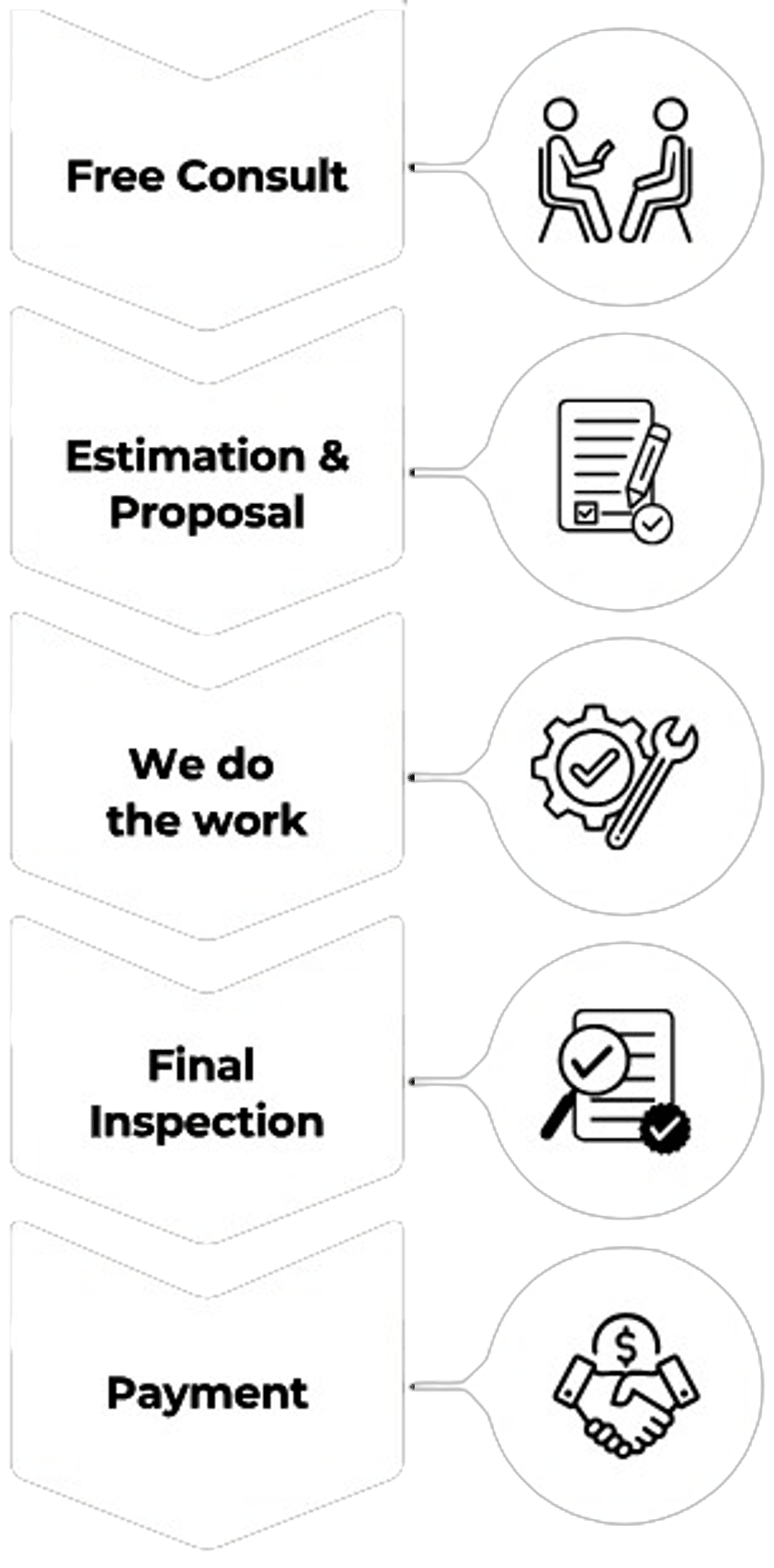Radon Mitigation IN Utah
Radon Mitigation Experts
Ensure your home is safe from harmful radon gas with our expert Radon Mitigation services. Our certified professionals use the latest technology to detect and reduce radon levels, protecting your family's health and peace of mind. Trust us to provide effective, reliable solutions tailored to your home's specific needs.
What Is Radon Mitigation?
Radon mitigation refers to the methods used to reduce radon gas concentrations in the breathing zones of occupied buildings or radon from water supplies. Radon is a colorless, odorless, and tasteless radioactive gas formed from the natural decay of uranium found in soil, rock, and water. It can enter homes through cracks in floors, walls, or foundations, and levels can build up indoors, leading to potential health risks. Effective radon mitigation strategies can include soil suction, where radon is drawn from beneath the house and vented outside; sealing cracks and openings to limit radon entry; and improving the home's ventilation.
Why Is Radon Mitigation Important?
Radon mitigation is crucial because radon gas is a leading cause of lung cancer among non-smokers in many countries. According to the EPA, radon is responsible for about 21,000 lung cancer deaths every year in the United States alone. Prolonged exposure to high levels of radon can significantly increase the risk of lung cancer. Mitigating radon in homes and buildings reduces this risk. Implementing radon mitigation measures not only safeguards the health of occupants but also contributes to the overall indoor air quality, making living environments safer and more comfortable.
When Should You Consider Radon Mitigation?
Consider radon mitigation if testing reveals radon levels at or above the EPA’s action level of 4 picocuries per liter (pCi/L) of air. It’s also advisable to consider this service when moving into a new home, especially in areas known for high radon levels, or if neighboring houses have documented radon problems. If you’ve made significant changes to your home such as additions, basement finishing, or changes to the heating, ventilation, and air conditioning systems, retesting for radon is recommended, as these changes can affect radon levels. Regular testing every two years is a good practice to ensure that radon levels remain low.
DISCOVER WHAT OUR CUSTOMERS HAVE TO SAY ABOUT US
REVIEWS
REVIEW US ON GOOGLE
our process
Our process is simple and only contains a few simple steps

proudly serving these areas
Utah
Salt lake county
Summit county
Utah county
Wasatch county
Tooele county
Weber county
Duchesne county
